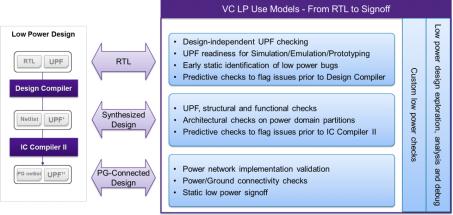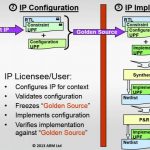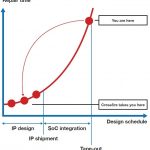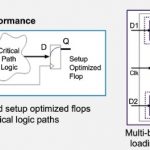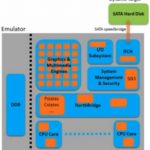You are currently viewing SemiWiki as a guest which gives you limited access to the site. To view blog comments and experience other SemiWiki features you must be a registered member. Registration is fast, simple, and absolutely free so please,
join our community today!
I normally think of shift left as a way to move functional verification earlier in design, to compress the overall design cycle. But it can also make sense in other contexts, one particularly important example being power intent verification.
If you know anything about power intent, you know that it affects pretty much all aspects… Read More
Mixed-signal design creates all sorts of interesting problems for implementation and verification flows, particularly when it comes to design for low power. We tend to think of mixed-signal as a few blocks like PLLs, ADCs and PHYs on the periphery of the design. Constrain and verify the digital power requirements up to analog … Read More
GLOBALFOUNDRIES has been evangelizing their 22FDX FD-SOI process for a few months; readers may have seen Tom Simon’s write-up of their preview at ARM TechCon. Dr. Joerg Winkler recently gave an updated webinar presentation of their approach in an implementation of ARM Cortex-A17 core.
By now, you’ve probably heard that 22FDX… Read More
In early 2000s, semiconductor design at RTL level was gaining momentum. The idea was to process more design steps such as insertion of test and other design structures upfront at the RTL level. The design optimization and verification were to be done at the RTL level to reduce long iterations through gate level design because changes… Read More
One of the most exciting recent developments in low power design and verification is the successive refinement flow developed by ARM® and Mentor Graphics®.… Read More
When I got the opportunity to blog about verification, I thought, what new and interesting things should I talk about? Having started my EDA career in 1983, I often feel like one of the “oldies” in this business…remember when a hard drive required a static strap, held a whopping 33 MB, and was the size of a brick? Perhaps they should … Read More
If you don’t know about Karen Bartleson, before I get into details, let me tell you that she was the President of IEEE-SA for the past 2 years and has been nominated by the IEEE Board of Directors as one of the candidates for IEEE President-Elect for 2016. The IEEE is an organization I admire as it plays a key role in advancing technology… Read More
SoC designs are increasingly becoming assemblies of a large number of IP blocks. A well integrated assembly can lead to a successful PPA (Power, Performance and Area) optimized design. However, it is equally important that each IP block is optimized, robust, and integrable in the design. The complexity of an IP and its integration… Read More
In a power hungry world of semiconductor devices, multiple ways are being devised to budget power from system to transistor level. The success of IoT (Internet of Things) Edge devices specifically depend on lowest power, lowest area, optimal performance, and lowest cost. These devices need to be highly energy efficient for sustained… Read More
As the number of CPU, GPU, and IP is growing in an SoC, power management is becoming more and more a complex task in itself. A single tool or methodology may not be enough for complete power management and verification of an SoC. In an SoC, there can be multiple modes of operations involving hardware and software interactions, different… Read More


